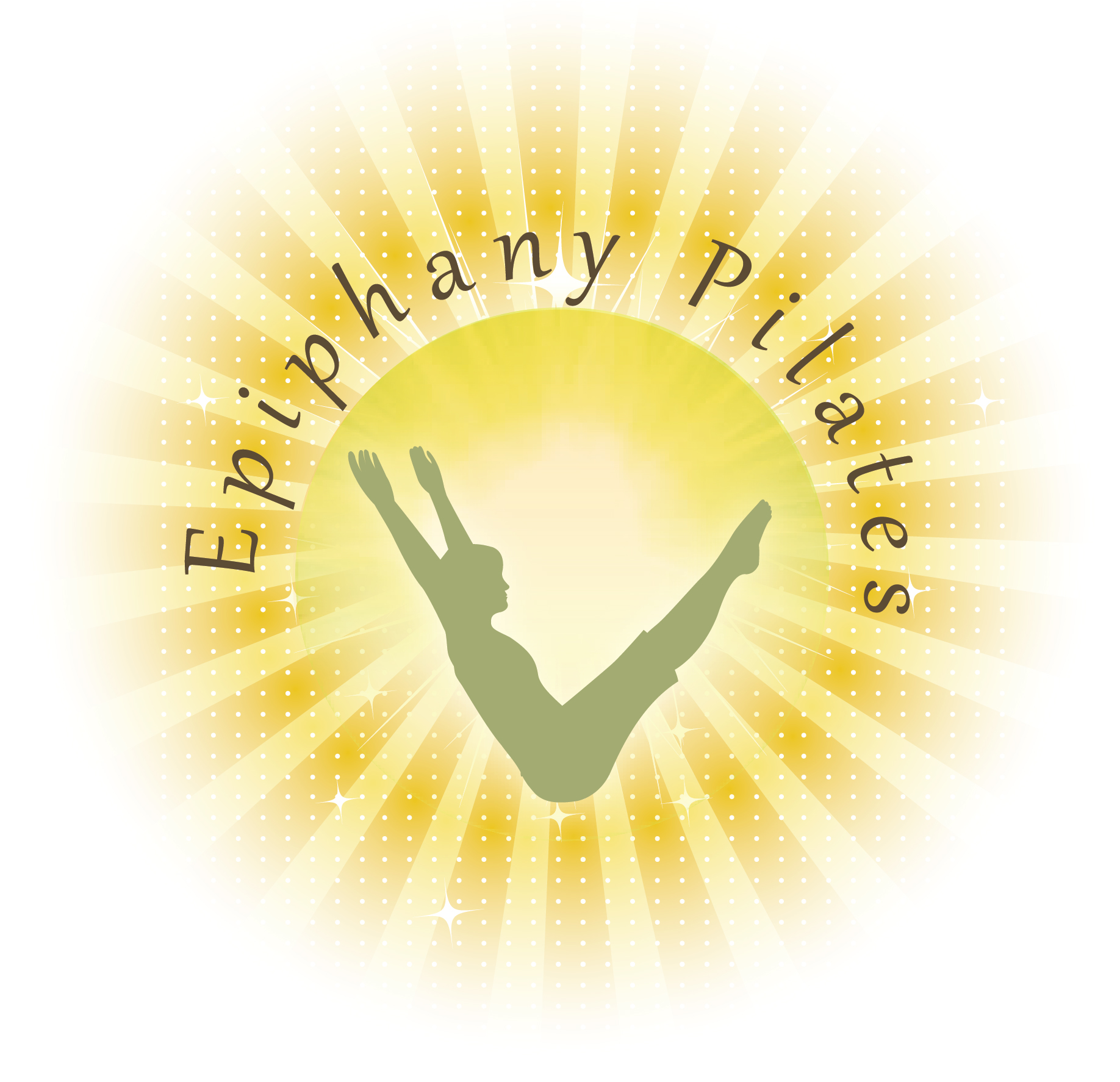Understanding the Role of the Hip Flexors in Pilates
Pain at the hips is a common complaint among those new to Pilates. It’s no wonder why.
Our hip flexors are often tight and shortened due to overuse during everything from walking to sitting. In fact, we use our hip flexors as we take each step; furthermore, for those of us who sit for long periods throughout the day, we are constantly putting the hip flexors in a shortened position. Unfortunately, a shortened muscle is a compromised muscle and is unable to work efficiently.
The shortening and weakening of the hip flexors creates imbalances through the hip complex which has a ripple effect in other parts of the body. For example, the hip flexors play an integral role in maintaining the natural curvature of the spine. Compromised hip flexors can cause increased curvature, or hyperlordosis, of the spine, resulting in pain and soreness in the lower back. This can also be coupled with weakened abdominals and weakened hamstrings.
Fortunately, Pilates allows us to strengthen and stretch both the hip flexors and hamstrings, while increasing abdominal strength. Improving the dynamic relationship between the hip flexors, hamstrings and deepest layer of abdominals is at the center of the Pilates method. Learning to execute core exercises while maintaining a stable and supported pelvis can be extremely challenging in the beginning; however, this is ultimately the “secret ingredient” and the reason why the Pilates method is so effective in improving the way we look and feel as we move through life.

